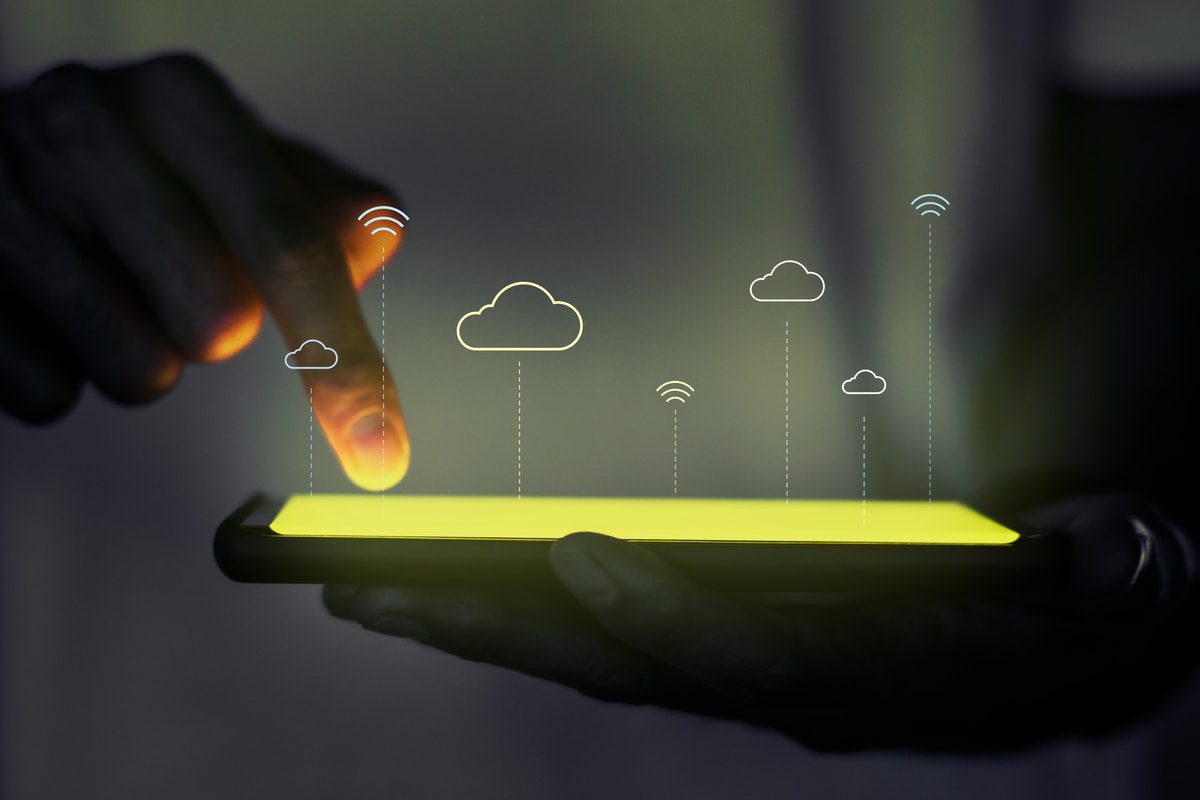What is Web3 Technology and How Will It Change the Internet?

Web3 technology is an idea for a new version of the World Wide Web (WWW) based on blockchain technology that includes decentralization and a token-based economy.
Instead of business computers, activities and data would be housed on a network of computers utilizing blockchain in a Web3 world.
At first, the internet would most likely appear and feel the same. But your online activities would be defined by your crypto-wallet and websites hosted by decentralized applications, digital programs that operate on a blockchain network.
Hello everyone, In this article, I’m going to talk about what is web3 technology and how it can transform the internet?
If you’re a technology enthusiast or curious to know about futuristic technologies, please make sure to read this article completely.
Without wasting your time, Let’s drive-in:
How Does Web3 Technology Work?
Web3 is a set of technologies that promise to provide the definitive version of the massive global computer network World Wide Web. Bringing major changes in the way we connect and interact on the internet. By creating a decentralized internet that is accessible to everyone. While respecting their privacy and anonymity.
If you’re experienced with cryptocurrencies, network-based tokens, or the metaverse, you should understand that Web3 is connected to these and other emerging technologies. Its widespread implementation, like that of other major reforms, will be difficult.
Enormous forces are working against them, and the general public is either uninformed of or dubious of their potential, yet they can transform our lives, not just our virtual ones.
Web3 development platform and Lifehacker gives a solid breakdown of the fundamentals that we need to learn and on which we will remark.
Blockchain technology underpins much of Web3’s ambition. This blockchain is a decentralized network made up of peer-to-peer connections.
Each device on the network is responsible for a small portion of the network’s computing and communication. Resulting in an online network without the need for servers and thus without the control of large platforms and/or governments.
We’ve previously seen peer-to-peer networks like this in action. Many of the more recent stuff includes mesh programs. Which are used for instant messaging and kept activists linked and anonymous during the Hong Kong riots.
Others, such as BitTorrent networks, have been around for decades and don’t require centralized servers because each user’s machine stores portions of data. If applied on a worldwide scale, the need for centralized servers might be eliminated. With everything that entails.
How Web3 Technology Will Reshape The World
Considering Web 3.0’s potential for circumventing walled gardens. And placing control back in the hands of the people, there have been critiques of such idealistic ideas. Many blockchain networks, for example, are inequitably distributed in terms of ownership.
Instead, many of these protocols have their own limitations among early adopters or are supported by venture capital investments. Implying that actual power remains concentrated in the hands of a few.
Similarly, the entry of IT behemoths like Meta and Microsoft into the Web 3.0 fight has generated fears that it would simply be another walled garden.
DApps in Web 3.0 Technology
The advent of so-called decentralized apps, or DApps, is one important feature and promise of Web 3.0. A decentralized application is comparable to a smartphone or laptop program. But it uses blockchain technology to protect users’ data from the hands of management behind it. Decentralized programs, like decentralized money, are known as Dapps.
In general, the frontend and backend of typical web applications define their utility. Instead of using the phone’s native operating system, web applications use software that runs on centralized web servers.
The feed that shows (the frontend) when you open Facebook in your internet browser. For example, is derived from data saved on the company’s web server (the backend).
While the internet transmits huge amounts of data through centralized servers. A blockchain is mainly composed of hundreds or even thousands of computers that spread the transactional load over a distributed network. To display a web page on the front end, both decentralized applications and web apps use the same technology. However, dApps connect with their blockchain networks via a wallet that serves as a gateway to the blockchain ecosystem on the backend.
Your blockchain address, as well as the encryption techniques you’ll need to identify and validate yourself, are stored in wallets.
Instead of using the HTTP protocol, DApp wallets trigger smart contracts that communicate with the blockchain and execute transactions.
While a well-designed decentralized application’s user experience (UX) may resemble that of a web app. It differentiates in that it eliminates servers, HTTP interactions, and the possibility of censorship.
Conclusion
As we concluded that Web 3.0 has a huge amount of potential, and it won’t be long until our engagements with the Internet become more sophisticated and autonomous. If you want to more help related to web 3.0 technology, feel free to ask me. I’d happily answer your questions. Thank you so much for reading this in-depth post.




